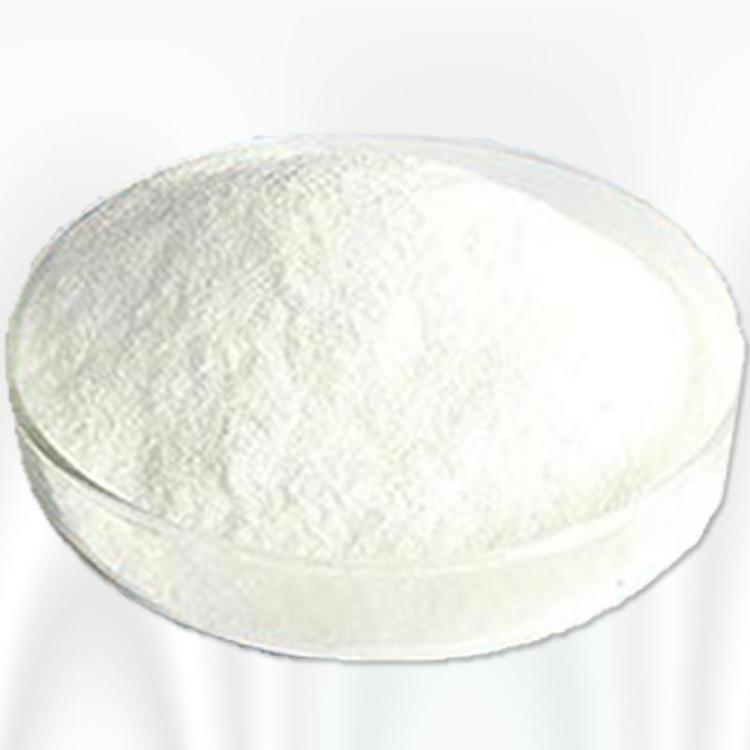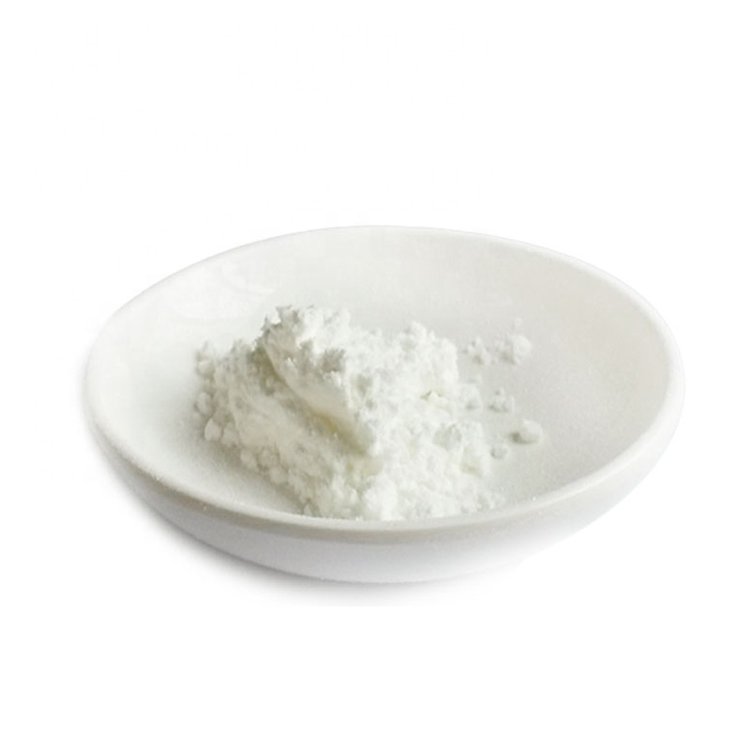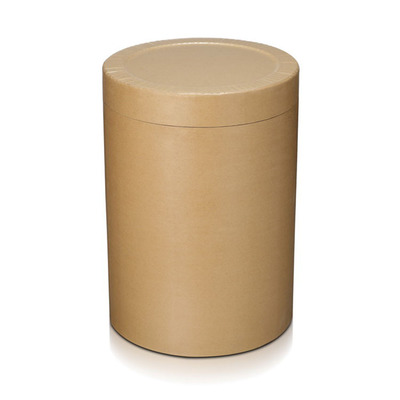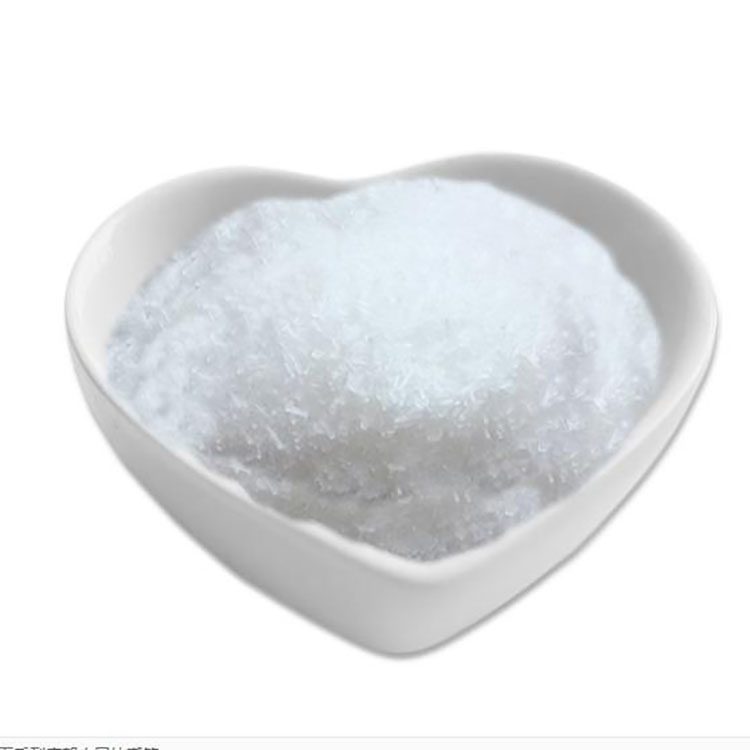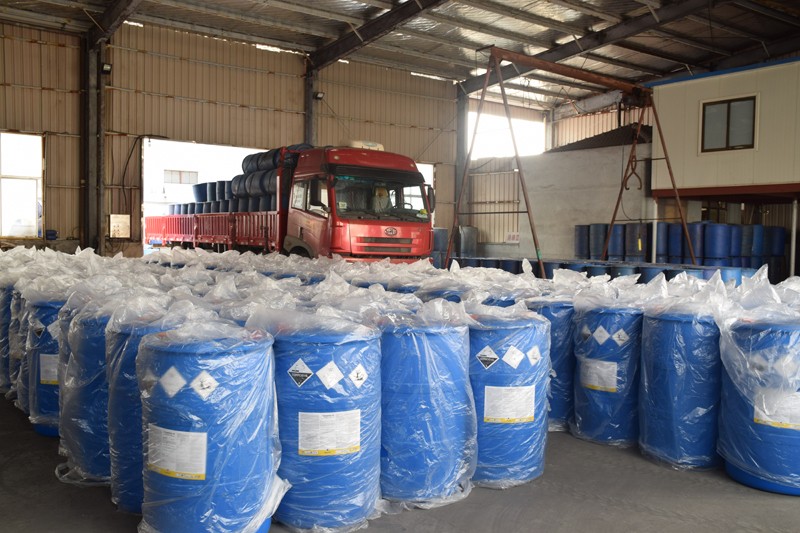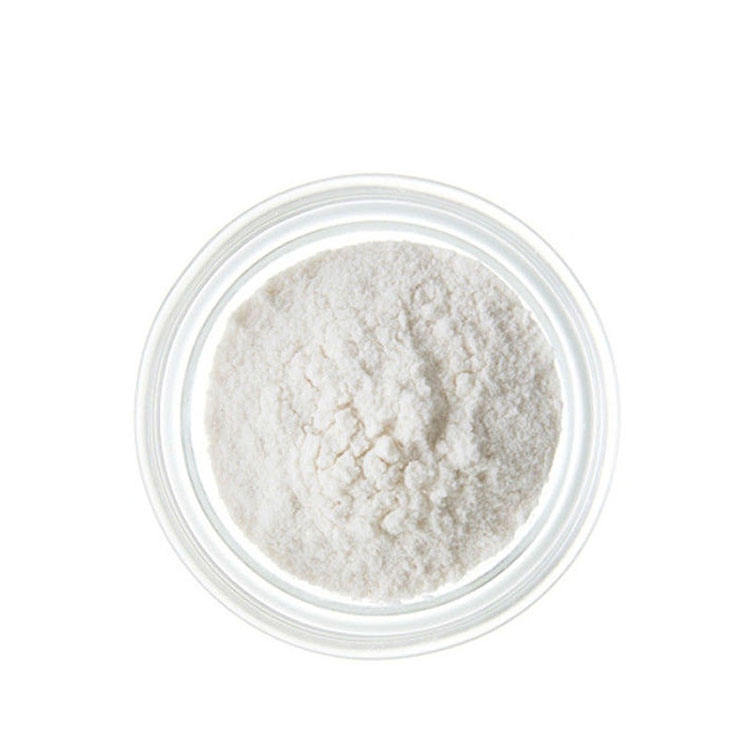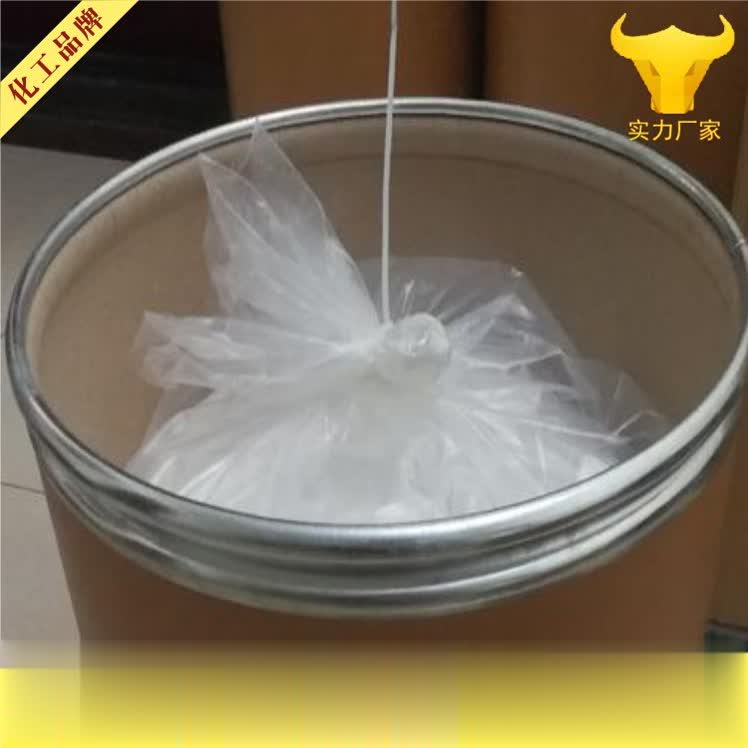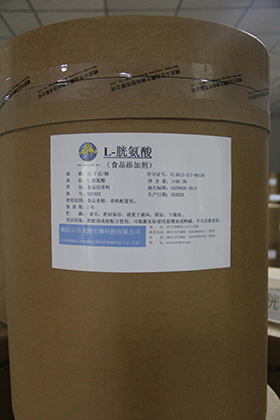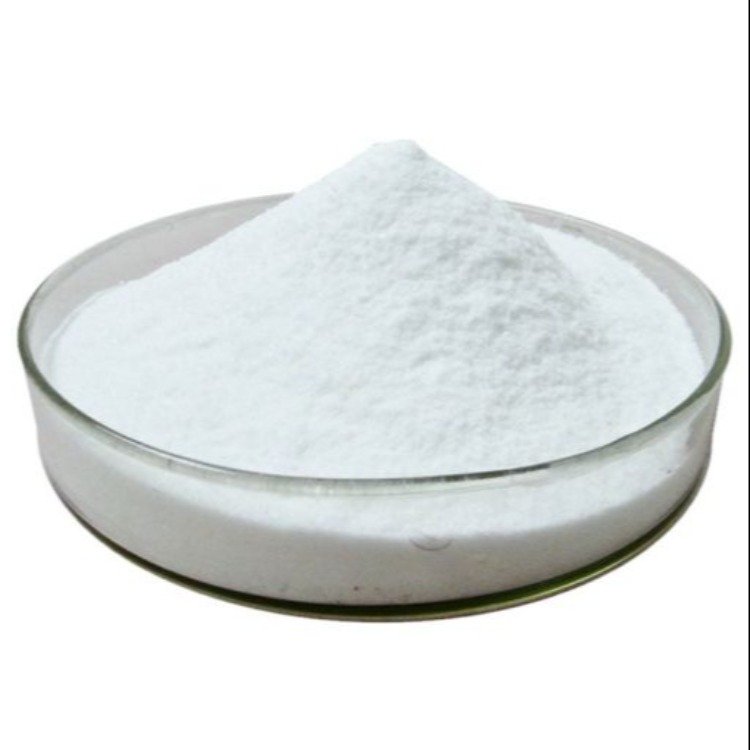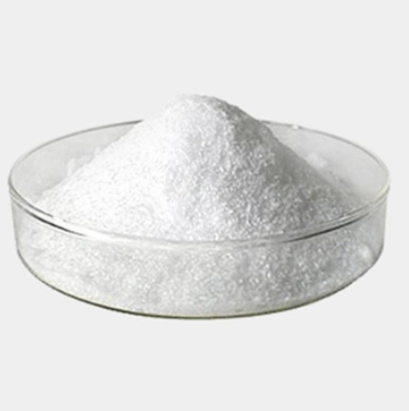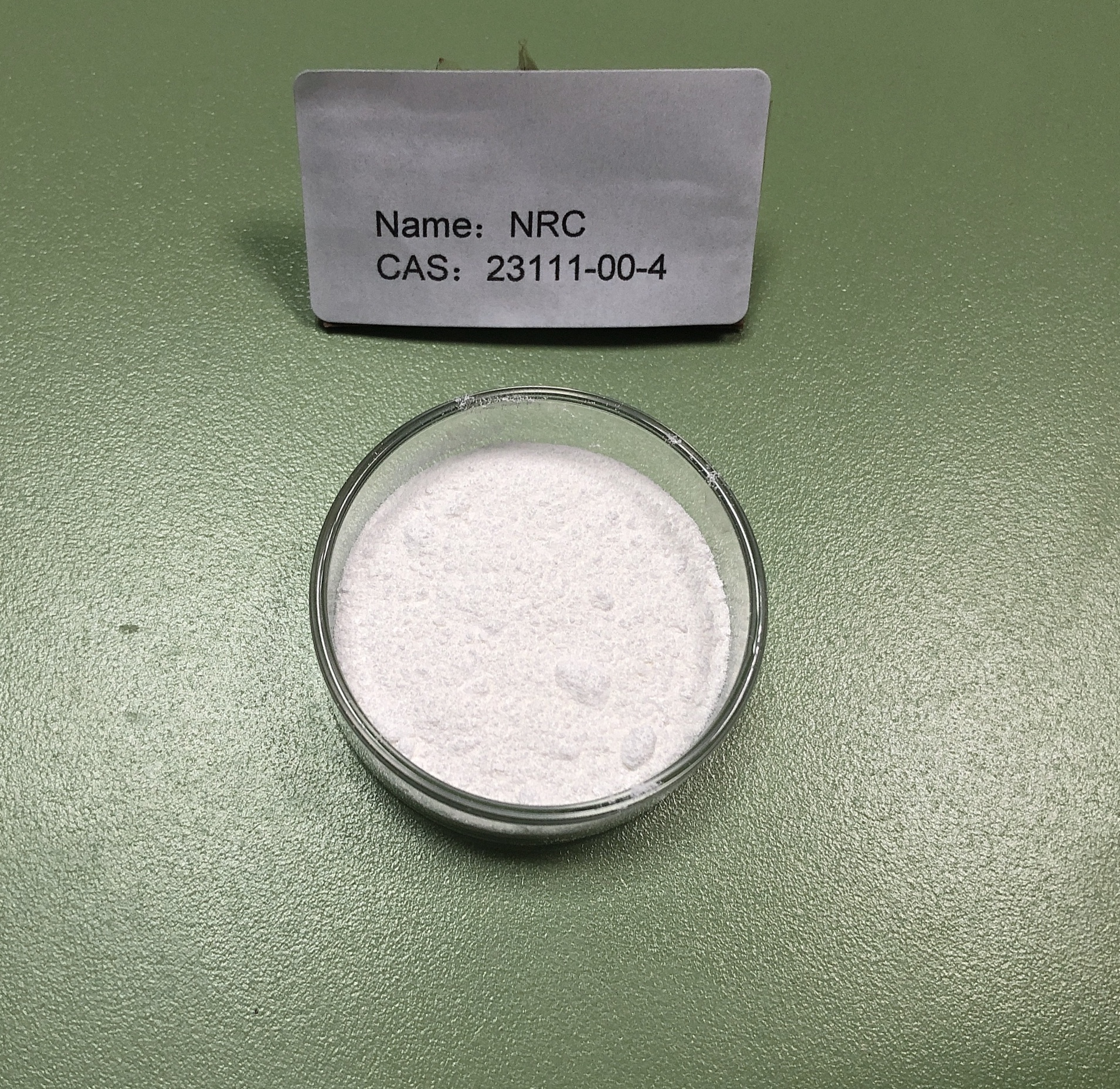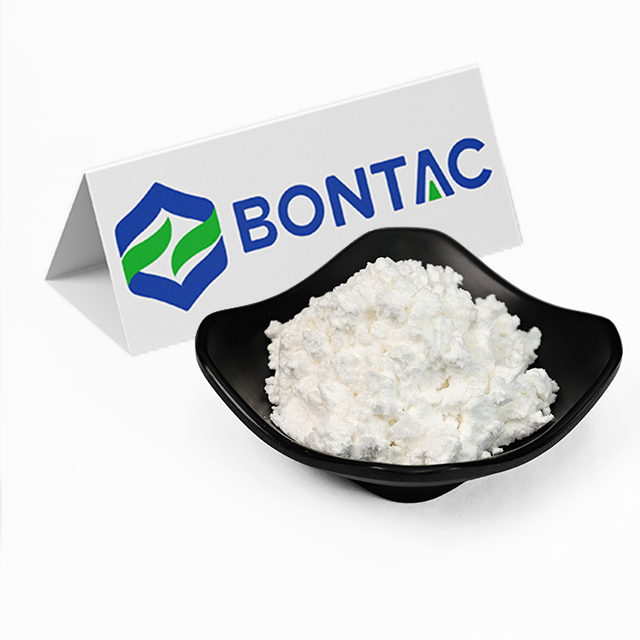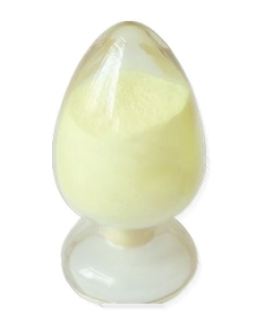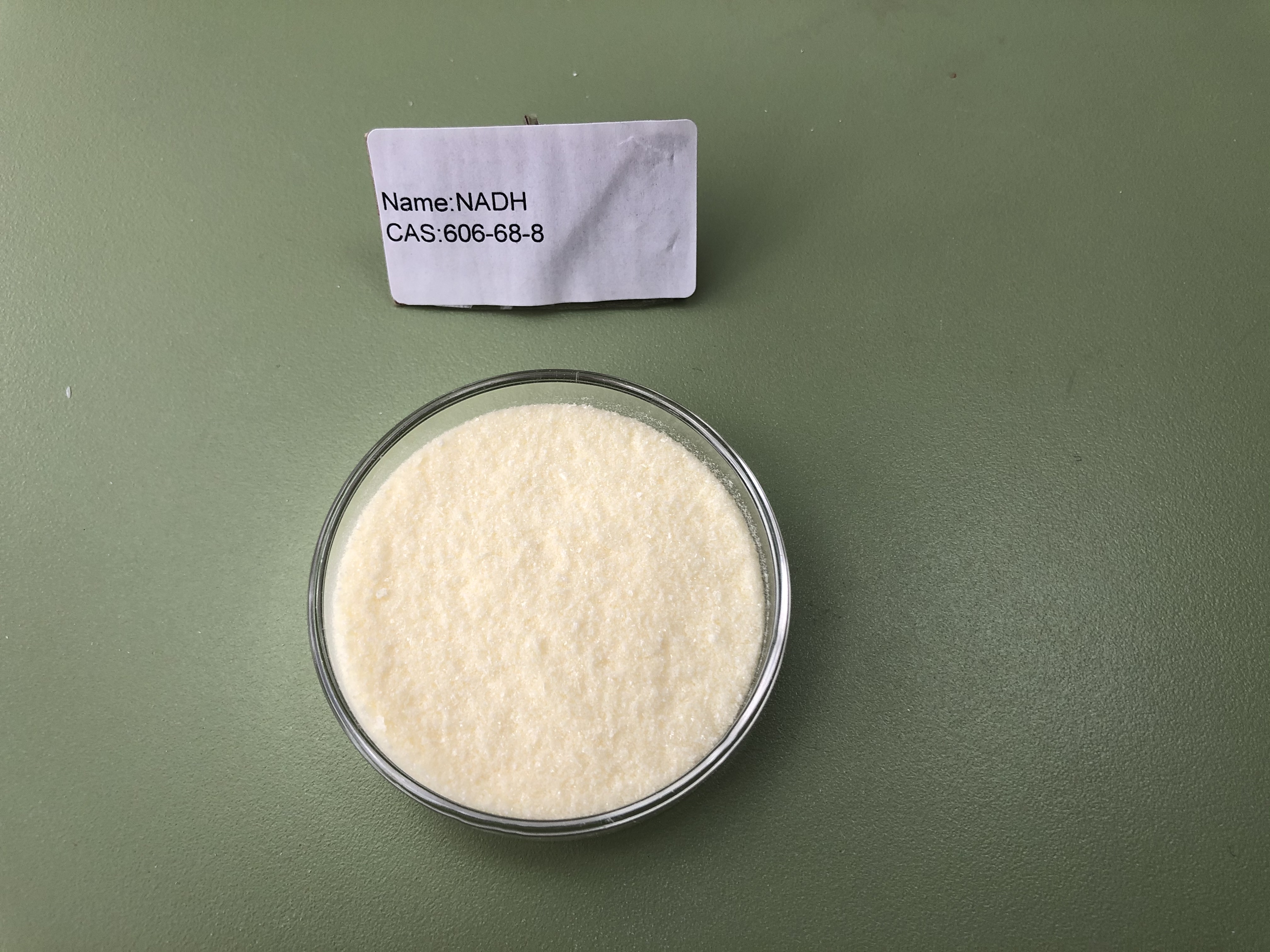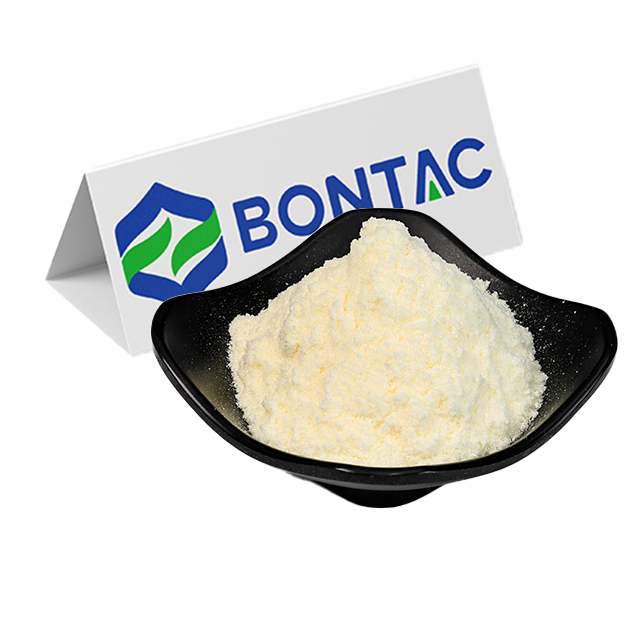Pharmaceutical Raw Materials
Veterinary API
Antiallergic Drugs
Hormones and Endocrine Drugs
Drug Metabolism
Pharmaceutical Intermediates
Synthetic Anti Infective Drugs
Specialty Drugs
Vitamins and Minerals Medicines
Feed Drug Additive
Antineoplastic Agents
Nervous System Drugs
Respiratory Drugs
Diagnostic Agents
Anti Stress Drugs
Antipyretic Analgesics
Antiparasitic Drugs
Circulatory System Drugs
Biochemicals
Blood System Drugs
Immune System Medication
Pharmaceutical Excipients
Fluid, Electrolyte, and Acid-Base Balance
Urinary System Drugs
Antibiotics
Anesthetic Agents
Inhibitors
Other Chemical Drugs
Digestive System Drugs
CAS:147-85-3
Molecular Formula:C5H9NO2
Alias
More Information
L Proline; L(-)-Proline; (S)-Pyrrolidine-2-Carboxylic Acid,L-Proline; L-Pyrrolidine-2-Carboxylic Acid; L-(-)-Proline; (S)-Pyrrolidine-2-Carboxylic Acid; 2-Pyrrolidinecarboxylic Acid; Pyrrolidine-2-Carbonic Acid; L-(-)-Proline ((S)-(-)-Proline)
Brief Introduction
L-proline is one of the eighteen amino acids synthesized by human body. It is colorless to white crystal or crystalline powder at room temperature. It is slightly smelly and sweet. It is very soluble in water, insoluble in ethanol, and insoluble in ether and n-butanol. L-proline is used in biochemical research, medicine for malnutrition, protein deficiency, gastrointestinal diseases, burns and postoperative protein supplement. It can also be used as flavoring agent, which can react with sugar to form special flavoring substance.
This product can be used as food additives, flavors and fragrances, nutritional supplements, chemical reagents, pharmaceutical raw materials.
Suppliers
View More Vendors (4) >
CAS:538-75-0
Molecular Formula:C13H22N2
Alias
More Information
N,N'-Dicylohexylcarbodiimide; N,N-Dicychohexylcarbodiimide; N,N-Dicyclohexyl Carbodiimide; 1,3-Dicyclohexylcarbodiimide; 1,3-Dicyclohexylcarbodiimide DCC; DCCD; DCCI; Carbodicyclohexylimide; DCC; n,n'-Methanediylidenedicyclohexanamine; Dicylcohexylcarbodiimide; DCC Crosslinker; 1,3-Dicyclohexylcarbodimide (DCC)
Brief Introduction
It is used for dehydration of amikacin and amino acids. It is a good low temperature biochemical dehydrating agent. It is also used for the synthesis of acids, anhydrides, aldehydes and ketones.
Suppliers
View More Vendors (4) >
Alias
More Information
(H-Cys-Oh)2; L-Cystine; .β.,.β.'-Diamino-.β.,.β.'-Dicarboxydiethyl Disulfide; Cystin; 1-Cystine
Brief Introduction
L-cystine is a nutritional supplement. It is used for breast milk of milk powder. It is a non essential amino acid. It is essential for skin and hair, and can promote the treatment of surgery and trauma. Stimulate hematopoiesis and promote leucopoiesis. It can promote the oxidation and reduction of body cells. It can also be used as an additive for cosmetics. It can promote wound healing, prevent skin allergy and treat eczema.
Suppliers
View More Vendors (4) >
CAS:23111-00-4
Molecular Formula:C11H15ClN2O5
Alias
More Information
Nicotinamide B-D Riboside Chloride; Nicotinamide Riboside.Cl; NR Nicotinamide Ribose Chloride; Nicotimide Riboside Chloride; Pyridinium, 3-(Aminocarbonyl)-1-β-D-Ribofuranosyl-, Chloride; Nicotinamide Riboside Chloride NR-CL; NR
Brief Introduction
Nicotinamide nucleoside is the precursor of nicotinamide adenine dinucleotide (NAD) and represents the source of vitamin B3. Recent studies have shown that new health benefits can be obtained by ingesting more nicotinamide nucleosides than naturally existing in food. Nicotinamide mononucleotide plays an important role in human cell energy production. It participates in the synthesis of intracellular NAD (nicotinamide adenine dinucleotide, an important coenzyme of cell energy transformation).
Suppliers
View More Vendors (4) >
CAS:606-68-8
Molecular Formula:C21H27N7Na2O14P2
Alias
More Information
β-Nicotinamide Adenine Dinucleotide Disodium salt; Disodium Nicotinamide Adenine Dinucleotide; Beta-Nicotinamide Adenine Dinucleotide Disodium Salt; NADH (Disodium salt); β-Nicotinamide Adenine Dinucleotide NADH
Brief Introduction
Beta nicotinamide adenine dinucleotide disodium is a bioactive form of nicotinic acid. Coenzyme used as hydrogenase and dehydrogenase. Nad usually acts as a hydrogen receptor, forms NADH, and then acts as a hydrogen donor in the respiratory chain. It mainly exists in living cells in reduced form (NADPH) and participates in synthetic reaction. In two forms, α- NAD and β- NAD, which is characterized by the configuration of ribosylnicotinamide bond. only β- The heterocephalin has biological activity.
Suppliers
View More Vendors (3) >
Inquiry (
10
/ 10
)
Clear All
Sign In
Error!

